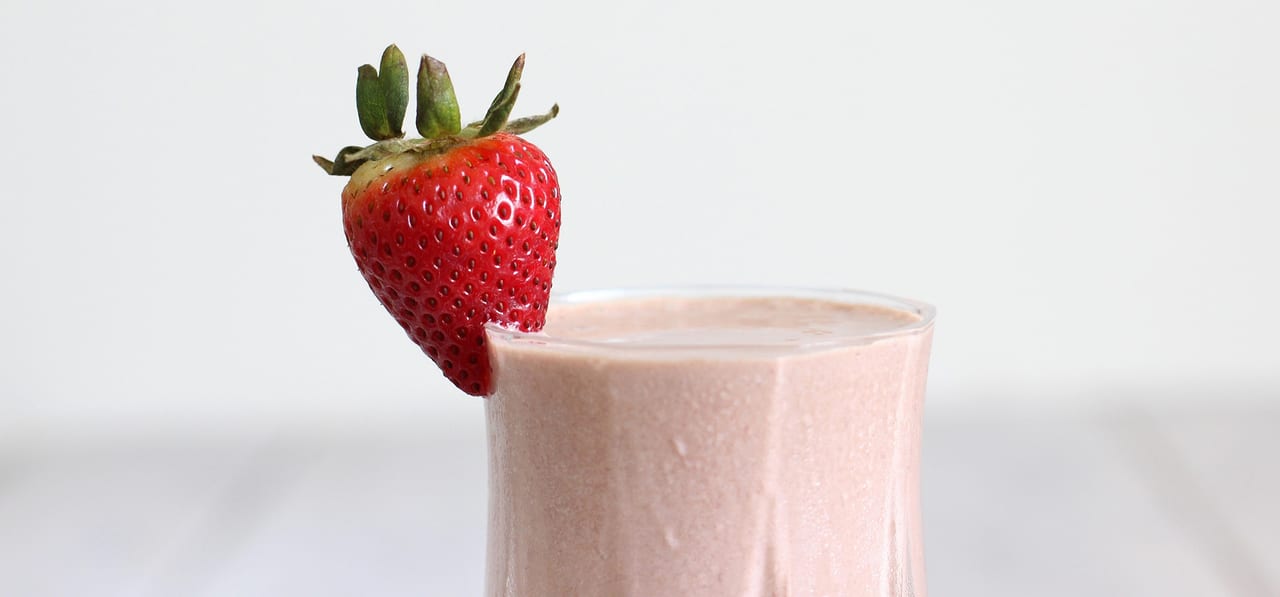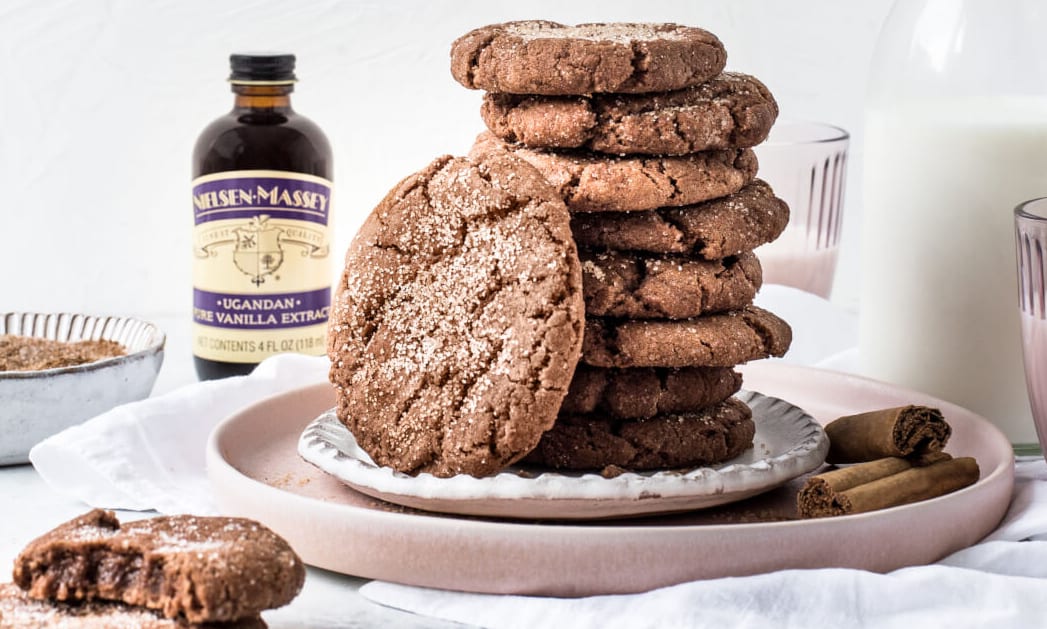Mask Mandate
INGREDIENT
challenges
PART 2
MSG, sodium with the glutamate amino acid, was first extracted from a seaweed broth in 1908 in Japan. It was recognized as adding depth to flavor and bringing out the savory nature of foods. Today, MSG is typically produced by the fermentation of starch, sugar beets, and molasses. The FDA considers the addition of MSG to foods to be “generally recognized as safe” (GRAS).
MSG has proven to be advantageous for such products as savory soups and seasoning blends. Often, these products can be too high in salt for a low-sodium label claim. However, they can be reformulated with yeast extracts, soy sauce concentrates, or MSG to reduce the sodium content by enhancing the sodium effect, or even with monopotassium glutamate (MPG) to eliminate sodium altogether.
By RACHEL ZEMSER, MS, CCS, Contributing Food Tech Editor
Photo courtesy of: Getty images / FCAfotodigital
Natural flavor-booster and masker ingredients for clean-label, plant-based, and better-for-you products.
Worth Its Salt
While there are a number of ingredients that can be used to reduce sodium and boost umami and kokumi flavor notes, one method of doing so can be to use a more potent salt that gives a better “bang for the buck” in a more complex flavor profile. Several sodium chloride (NaCl) ingredients take advantage of different forms of salt crystals that have an increased surface area. One example is that of a salt crystal about one-fifth the size of a normal NaCl crystal. This allows it to have far greater contact with taste receptors so that a little goes a long way.
Another option is a salt ingredient in which the salt crystals have been infused with other flavors, such as herbs or spices or smoke. Such salts have a powerful flavor that enhances without overriding other flavors in the finished product, adding enough depth and savoriness that the total amount of salt can be reduced.

Protein fractions called nucleotides can provide clean enhancement of umami and kokumi richness. Photo courtesy of: CJ Bio/CJ Cheiljedang Corp.
While many people identify themselves as sensitive to MSG, decades of research have not been able to establish any consistent relationship between MSG ingestion and the development of sensitivity reactions. Still, for many consumers, the ingredient remains controversial and they do not consider it to be a clean-label ingredient. For that reason, many formulators will opt for concentrates and extracts of the aforementioned sources of natural glutamic acid compounds.
Yeast and yeast extracts, fermented soy sauces and powders, and vegetable and mushroom extracts and concentrates can be used to enhance not only the umami flavor characteristics, but kokumi as well. In many cases, they can help reduce sodium and are clean label.
The overall rounding out of the flavor profile with kokumi compounds can also mask bitter notes and other unwanted flavors found in lower sodium products. Yeast and soy ingredients are especially helpful in this case when applied to plant-based burgers that are made with texturizing pea or soy protein ingredients, which can give beany off notes. Savory yeasts especially can help create a more meat-like profile.

The right combination of texturizers and sweeteners can enhance the overall flavor experience. Photo courtesy of: Hydrosol GmbH & Co.
The sweet side
Sugar reduction is challenging because it involves reducing sucrose, which has a clean profile and no aftertaste. Replacing it with high-intensity sweeteners like stevia or monkfruit can result in a bitter aftertaste. Compounds derived from licorice and vanilla, as well as neohesperidin dihydrochalcone (Neohesperidin DC), a flavanone compound derived from citrus, can mask that bitter note from the high-intensity sweetener while enhancing the sweetness profile.
Plant-based protein shakes and nutrition bars are often formulated with vanilla extracts to distract the consumer from the beany note by layering on a fruity vanilla cover. The vanilla works well because it can also become part of the flavor identity of that product. Maskers also help reduce the beany taste found in plant-based proteins like pea and soy in these sweeter products.

Traditionally used to mask cacao bitterness and boost chocolate richness, vanilla also is an excellent enhancer of fruit flavors. Photo courtesy of: Nielsen-Massey Vanillas, Inc.
Label Right
An ingredient statement must include the name of any modifying ingredient. If the product is natural or clean label, the appropriate flavor modifier should be selected to match the product message. The food product being modified must be evaluated to determine which specific attributes need to be reduced, masked, or enhanced.

Makers of flavor boosters and maskers are focusing on natural, clean-label ingredients extracted without the use of solvents. Photo courtesy of: Kerry Group, plc
Fruit concentrates and spices, such as cinnamon, clove, and cardamom, can be used to boost sweetness when used in surprisingly small amounts. In bakery items, such as fruit pies and pastries, these spices, in conjunction with citrus concentrates, work together to enhance the natural sweetness of the primary fruit.
Vanilla, of course, is a classic enhancer of sweet flavors, especially in baked goods. Vanilla also is used in most chocolate formulations, as it blocks the natural bitterness of pure chocolate and enhances the sweeteners used in the confection. Vanilla also is increasingly used as a flavor masker not only in sweet products but also in some savory formulations, such as rich sauces.
Block that kick
Hemp-derived ingredients, including cannabinoid (CBD) extracts such as cannabidiol, cannabinodiol, and terpenes, as well as hemp protein, have a range of flavors from their aromatic compounds. These are characterized by piney, woody, and floral notes.
Spider Sense
When experimenting with flavor-modifying ingredients, it is important to have blind testing by a trained panel that can provide consistent feedback. The developer will be too close to the experiments, tasting on a regular basis and possibly losing detailed differences. Spider graphs are an easy and effective method for documenting sensory flavor attributes and create a visual demonstration of the ideal flavor profile. Flavor companies that market modifying ingredients are often available to assist in and expedite the process, eliminating some of the trial and error and recommending the best option based on their in-house research.

Certain sweeteners are among the most commonly employed maskers of bitter flavors in nonsavory food and beverage formulations. Photo courtesy of: Tastepoint/IFF, Inc.
While some consumers can find these profiles desirable and associate them with the product being “legitimate” and containing active medicinal components, many companies are seeking to mask those flavors with blocking agents to make them more appealing to the masses.
Caffeine, too, is now being added to food and beverage products at levels (100mg and higher) that can cause the end product to be extremely bitter. Bitter blockers, high-intensity sweeteners with masking capabilities, and general masking agents all can help reduce the bitter impact of CBD and caffeine.
Finding just the right usage level is key to optimizing the sensory attributes of the food. With licorice-derived masking agents, for example, the right level will provide a light, lingering sweetness. If too much is used, it can result in a strong and persistent flavor, and might be perceived as an artificial taste, even though it is natural.
There are many flavor modifiers on the market, and it can be an overwhelming task for the food scientist to select the best compound. The modifying ingredient should be selected based on how it will be labeled, the application in which it will be used, and the desired attribute that needs to be muted or enhanced. Formulators may also want to consider how the ingredient can help control the end-product cost by allowing for reduction of more expensive ingredients. PF
Rachel Zemser, MS, CCS, is a San Francisco-based food scientist, chef and certified culinary scientist consultant with more than 20 years of industry experience in shelf-stable, acidified sauces, dressings and dairy products, as well as food microbiology, fermentation and quality/safety plant operations. She can be reached at www.theintrepidculinologist.com.
October 2021
